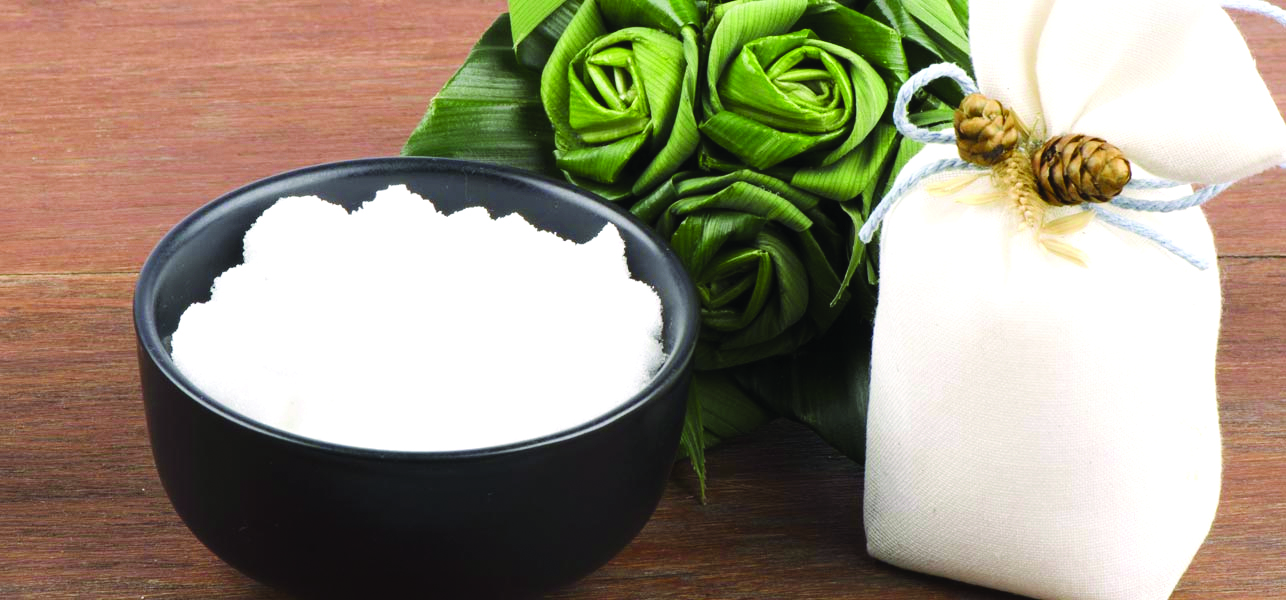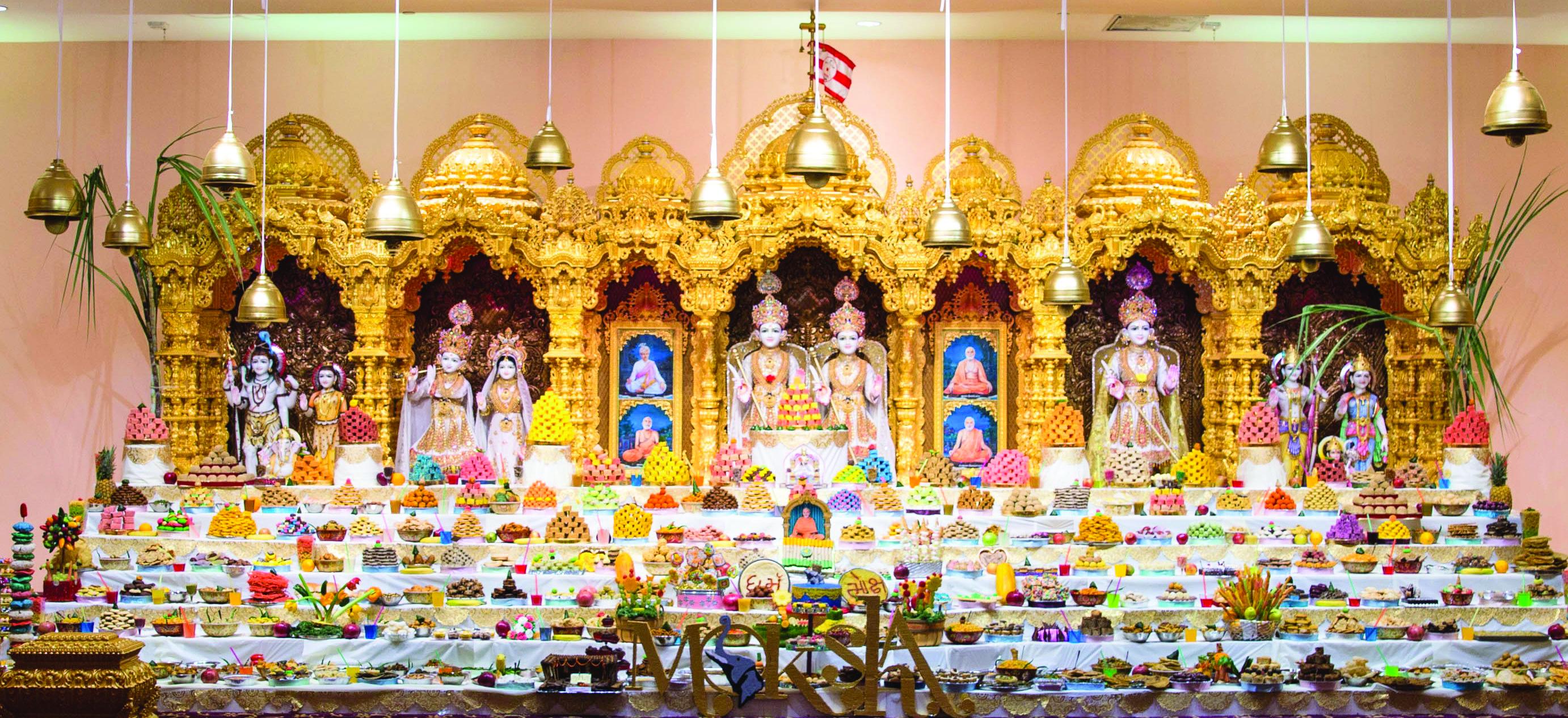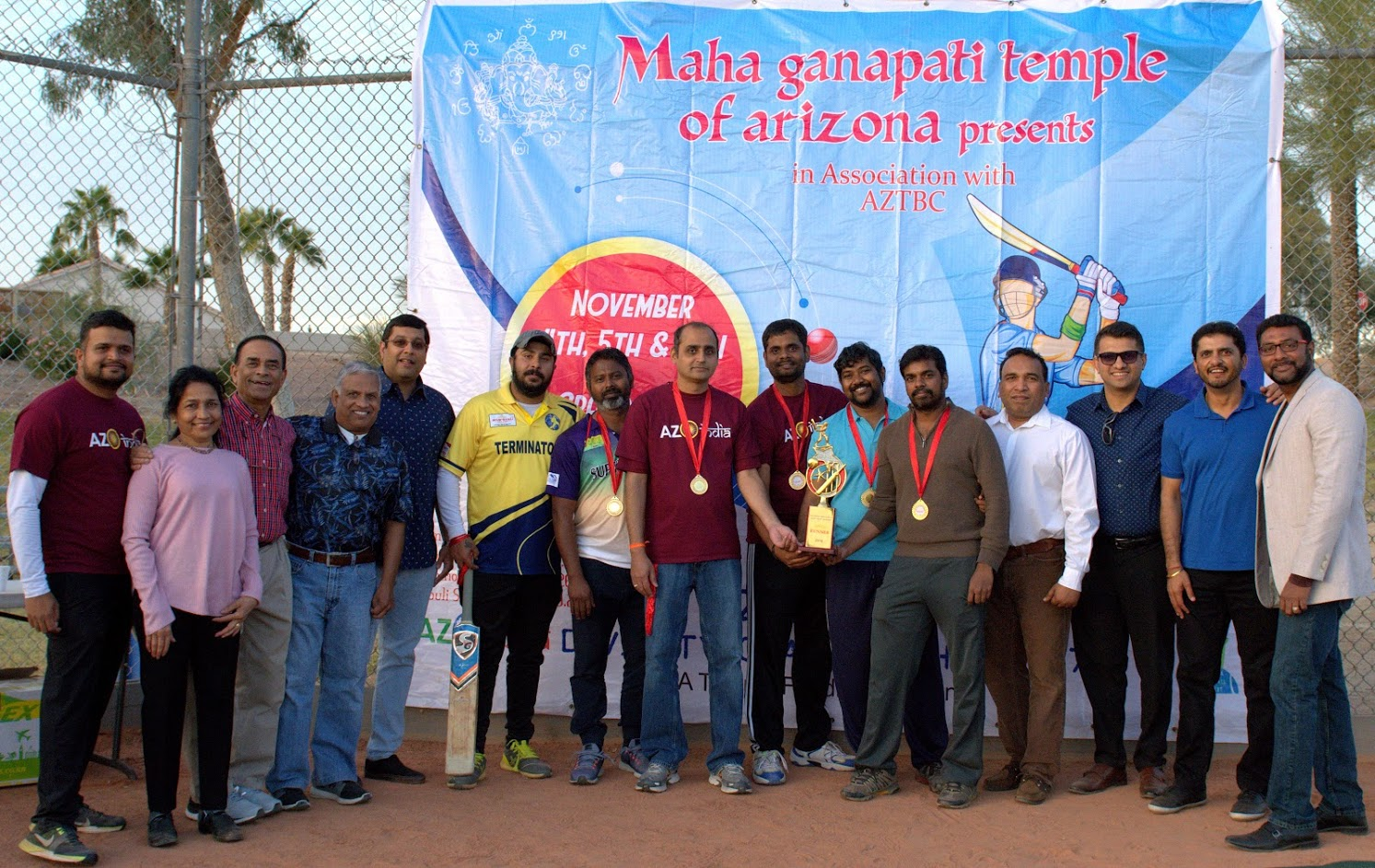
The Meaning Behind Festive Practices (Part 6)
Contributed By - Sri Devi Bulusu
In the past couple of editions we looked into the significance of lighting of lamp before God. Let us now explore the ritual of lighting of camphor at God.
Lighting of Camphor
Popularly known as neerajanam, offering camphor lamp to God and subsequently devotees saluting to the lamp is a well-known ritual in Hindu pooja – devotion. It is one of the 16 steps generally performed as a part of pooja. The 16 steps include dhyanam – prayer, avahanam – invocation, aasanam – offering seat, paadyam – washing of feet, arghyam – washing of hands, aachamanam – offering water to drink, snanam – bathing with water/panchamrutam, vastram &abharanam – (new) clothes & jewelry, yajnopavitam – sacred thread, gandham – sandal paste, archana – flowers, dhoopam – incense, deepam – oil lamp, naivedyam – offering food to the deities, tamboolam – offering beetle leaves with beetle nuts and neerajanam – showing camphor lamp. Neerajanam is also known as mangala aarati indicating that camphor is lit in most of the auspicious occasions. For example, when the newly wed bride and groom enter their house for the first time, the elderly women of the house welcome them with mangala aarati. Camphor is also used to light the cow dung cakes in agnihotra, the auspicious religious fire.
Procedurally, Neerajanam is usually the concluding part of pooja. As a part of neerajanam, camphor is lit and shown to deities with the right hand while ringing bell with the left hand. Subsequently, a couple of drops of water are sprinkled on the metal frame holding the camphor fire. Then the fire is showed to the devotees who salute, feel the camphor fire with cupped palms and touch their closed eyelids.
Camphor’s chemical formula is C10H160. It is white in color resembling common salt and has a pleasant odor. Traditionally, the compound is derived through distillation from the leaves and wood of an ever green plant - laurel camphor whose botanical name is cinnamomumcamphora. Camphor when inhaled or consumed in small quantities is said to have several health benefits. It is a popular ingredient in vapor rubs used as remedy for cold and cough. Its anti-fungal and anti-bacterial properties make it an active ingredient in medication to curetoe nail infections. Camphor fights germs and acts as an insect repellent. It is also an excellent antioxidant. As per Ayurveda, camphor has pain alleviating properties and is used in treatment for joint pains. Due to the enormous health benefits and aroma, camphor is used in cooking as well in some parts of Asia.
Camphor when lit emits characteristic lingering fragrance. Burnt camphor leaves no residue after burning. Metaphorically, it is a representation of the ephemeral nature of the human form. It acts as a spiritual reminder that any false pride we take in our material possessions or any false identify we seek for ourselves in the illusions vanish with time like the burnt camphor without leaving any remains and prompts us to explore the more long lasting purpose for our human form.
maa kuru dhanajanayauvanagarvaM
haratinimeshhaatkaalaHsarvam
maayaamayamidamakhilaMbuddhvaa
brahmapadaMtvaMpravishaviditvaa
Verse 11, Bhaja Govindam
by Sri Adi Sankaracharya
Translation: Do not pride yourself of wealth, family and youth; all these can be taken away in the twinkling of an eye. Instead, liberate yourself from the illusion of the world of Maya and attain the state of consciousness i.e. knowing Brahman - the absolute truth.
Mano BuddhyA-hankaraChittaNinaaham
Nacha Shrotra Jihve Na Cha GhranaNetre
Nacha Vyoma Bhoomir Na Tejo Na Vayuh
Chidananda Rupah Shivoham! Shivoham!!
Verse 1, Nirvana/ AtmaShatakam
by Sri AdiSankaracharya
Translation: I am not mind, intellect, ego and the memory. I am not the sense of organs (ears, tongue, nose, eyes and skin). I am not the five elements (sky, earth, fire, wind and water). I am supreme bliss and pure consciousness, I am Shiva, I am all auspiciousness, I am Shiva.
Om Namaha Shivayaha!
Have a wonderful and ‘wakeful’ Shivaratri!





